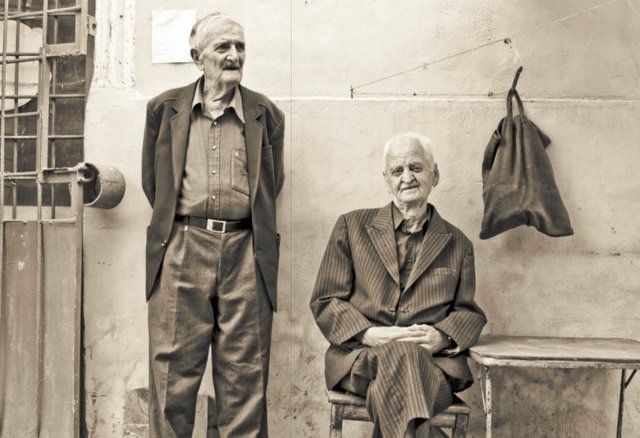Language, Ethnicity and National Identities in the Caucasus

The Russian term "natsionalnost" ‘nationality’ is a key term in understanding ethnic belonging in the Soviet context. All Soviet citizens belonged to one of approx. hundred "nationalities", or ethnolinguistic groups, that were recognized by the state. The person's "natsionalnost'" ‘nationality’ was registered in the passport and used as a category in censuses etc.
As the territorial and administrative division of the USSR relied heavily on an ethnic basis, and the belonging to ethnic groups were to a great degree determined by linguisitc criteria, it is clear that the status of languages has been an important issue in the forming of political units in the Post-Soviet period.
North Caucasus has a particularly high ethnic diversity, especially the Republic of Dagestan. Several of the North-Caucasian republic are multiethnc with titular groups that do not constitute the majority in their respective republics. Two republics are also divided between two titular groups: Kabardino-Balkaria and Karachaevo-Cherkessia. Of the three South Caucasian states only Armenia is ethnically homogenous. Azerbaijan and Georgia are multiethnic. Feelings of national “we” are weak while sub-national identities (clan, ethnic groups, region) are strong.
It is also important to note that many groups are divided between different states or regions. For instance, Azerbaijanis constitute a large minority group in Iran, even larger than the population of the Republic of Azerbaijan.
Due to historical factors it is also the case that large diaspora groups from the Caucasus are found in Turkey and other neighboring countries. The most numerous diaspora groups are the Armenians and Circassians.

Languages of the Caucasus
Caucasus is one of the most complex regions of the world. More than 50 languages are spoken in the region. Apart from the indigenous Caucasian languages (approx. 40 languages), we find Turkic languages (i.e. Karachai, Azerbaijani, Balkar), different branches of Indo-European languages (Armenian, Ossetic, Russian, Kurdish, Greek) and Semitic (Assyrian).
The language groups mentioned above are distinct, non-related language families. Many scholars maintain that the Caucasian languages – the Northwest Caucasian, Northeast Caucasian and South Caucasian (or Kartvelian) languages – actually form three seperate language families that are not genetically related. Major languages of the South Caucasian languages are Georgian, Megrelian and Laz. Among the Northwest Caucasian languages should be mentioned Circassian (Kabardian and Adyghe) and Abkhaz. The Northeast Caucasian languages are divided into two branches, Dagestan languages (Avar, Lezgian, Tabasaran etc.) and Nakh languages (Chechen and Ingush). The Caucasian languages amount to approximately a fourth of the number of indigenous languages of Europe – a quite high figure – where many of the smaller languages are in a vulnerable state. (Vamling 2006).
Neighboring languages are thus usually not mutually intelligible, which has given rise to widespread multilingualism in the region. In the new situation following the fall of the USSR and the strengthening of the national languages, fluency in Russian has decreased, especially in the South Caucasus. The lack of a common language for inter-ethnic communication in the Caucasus region is thus a growing problem.

Writing Systems
The two old indigenous alphabets used in the region are the Armenian and Georgian alphabets. The Azerbaijani language (a Turkic language) is written in the Latin alphabet, but has used the Cyrillic and Arabic scripts at earlier stages. In addition, The languages of North Caucasus are written with different versions of the Cyrillic alphabet, for instance, the Avar language.